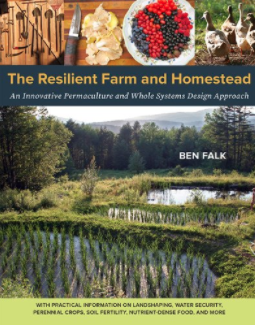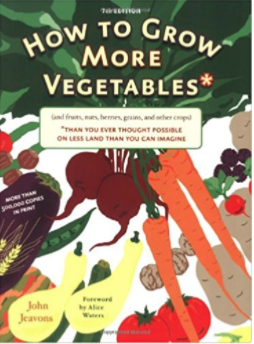To Sell Is Human by Daniel Pink
The Big Idea: Even if you’re not a “salesman”, you probably have to sell or persuade people all the time. Therefore, learn how to sell. Everyone sells. Physicians sell patients on treatments. Lawyers sell juries on verdicts. Teachers sell students on coursework. Entrepreneurs sell investors on visions. Writers sell producers on scripts. Coaches sell players…

